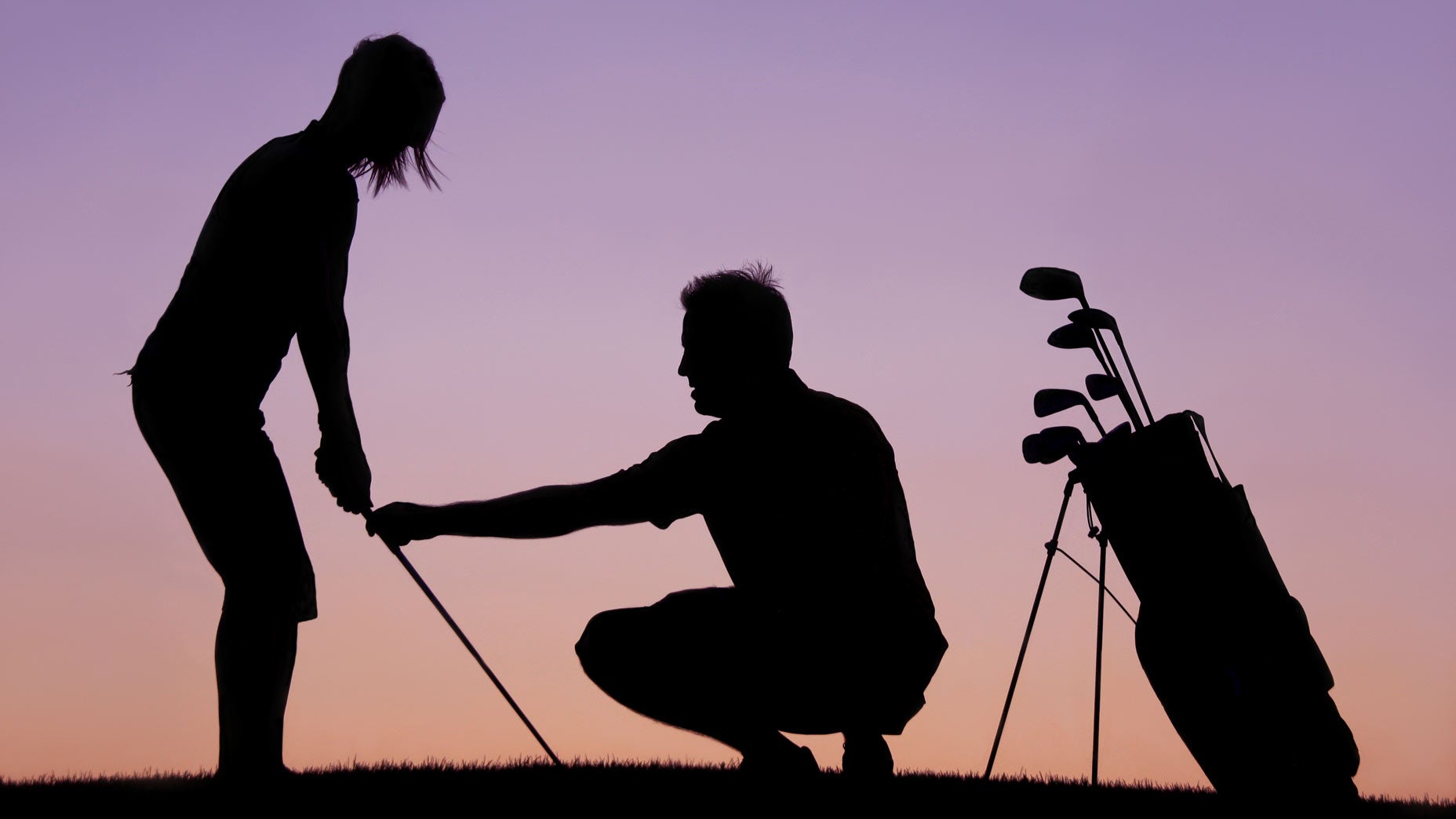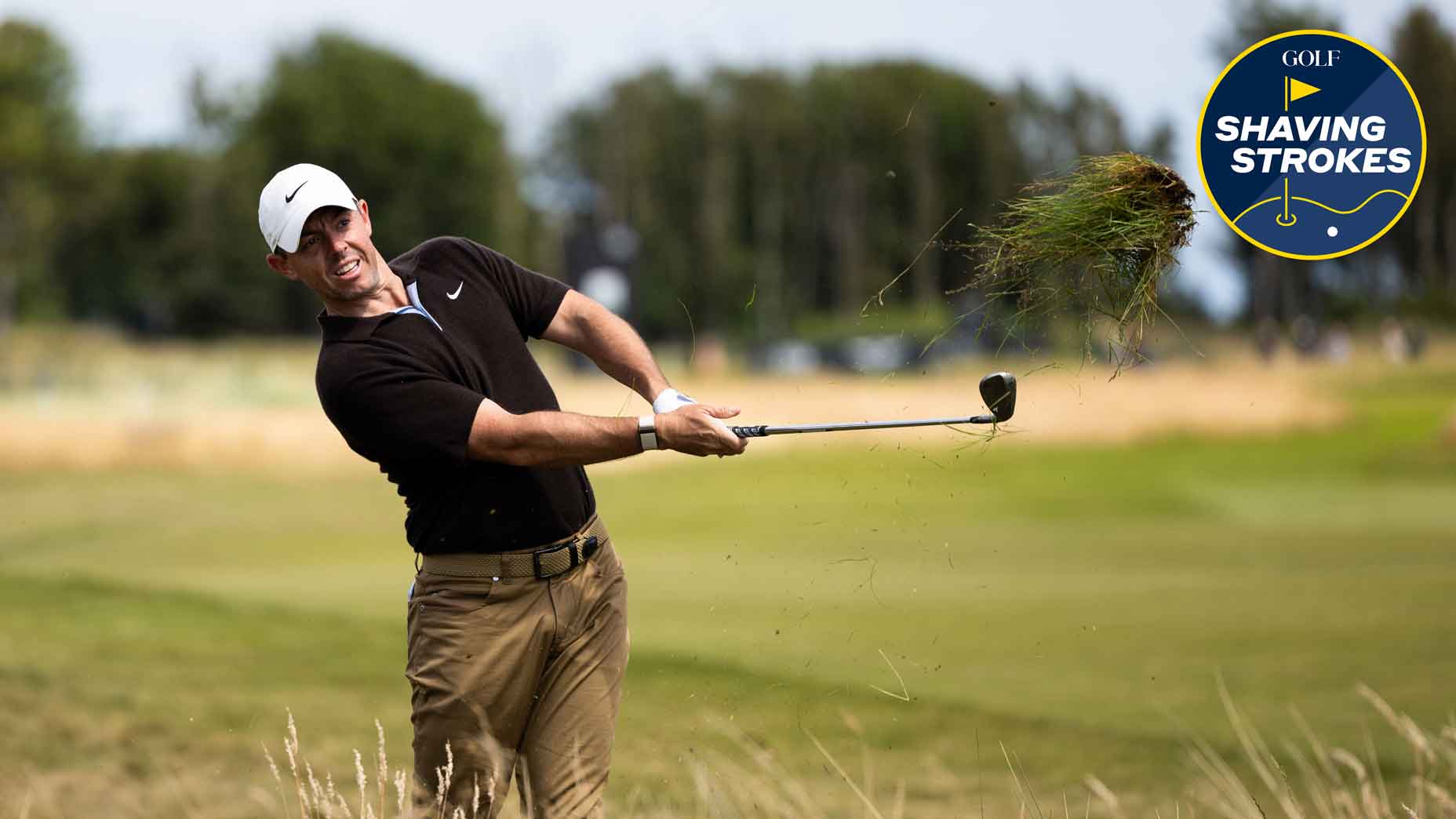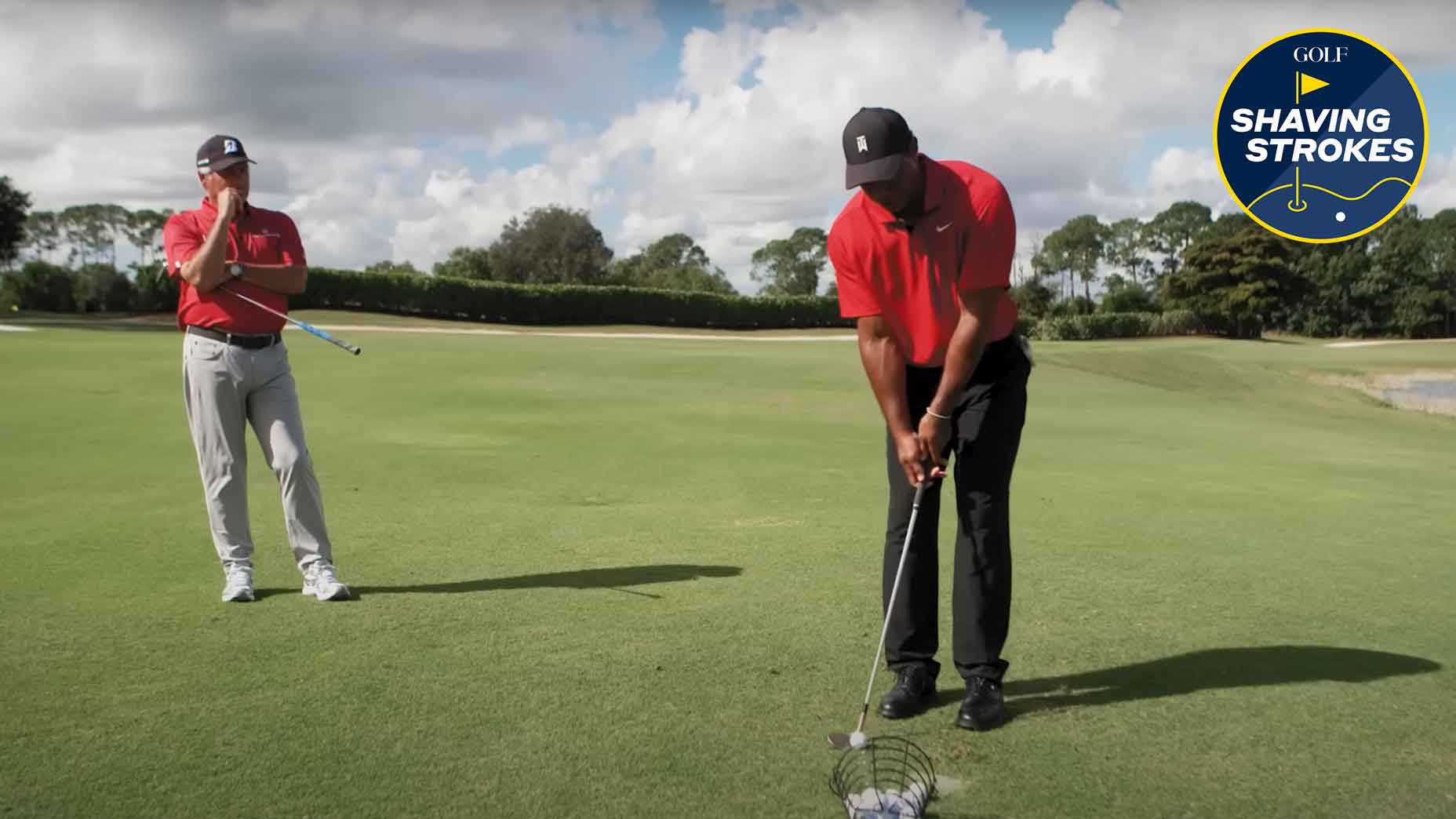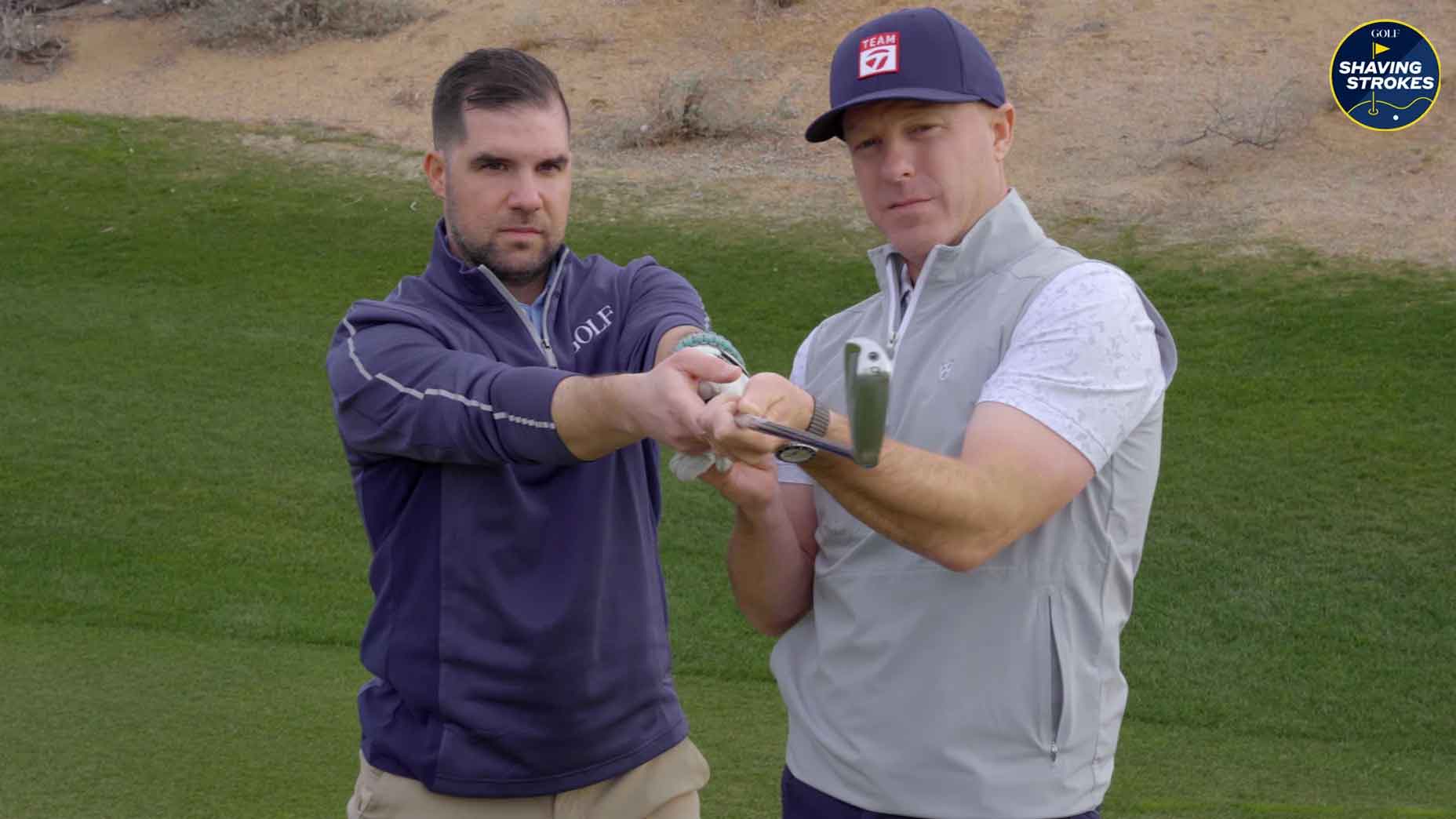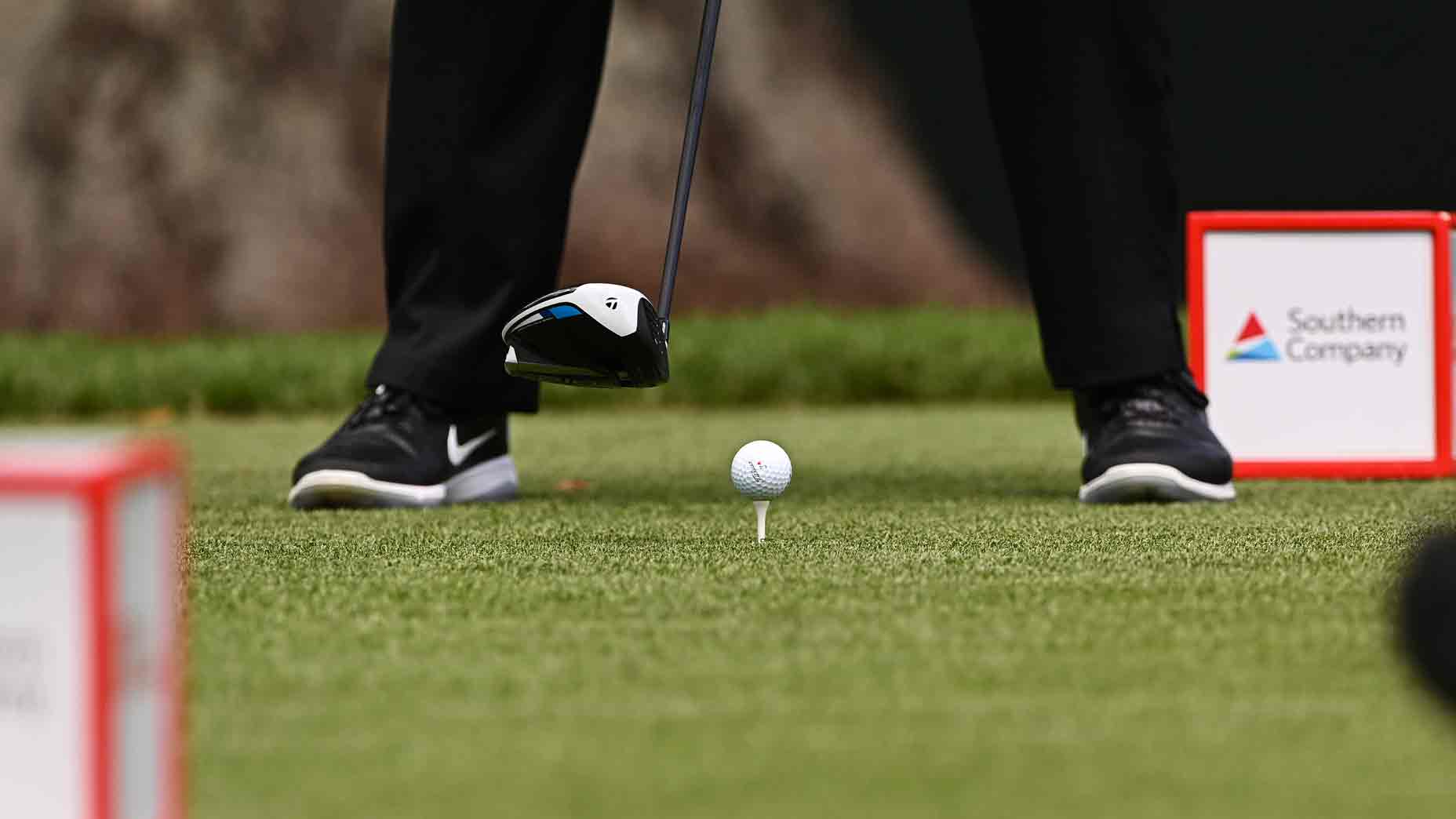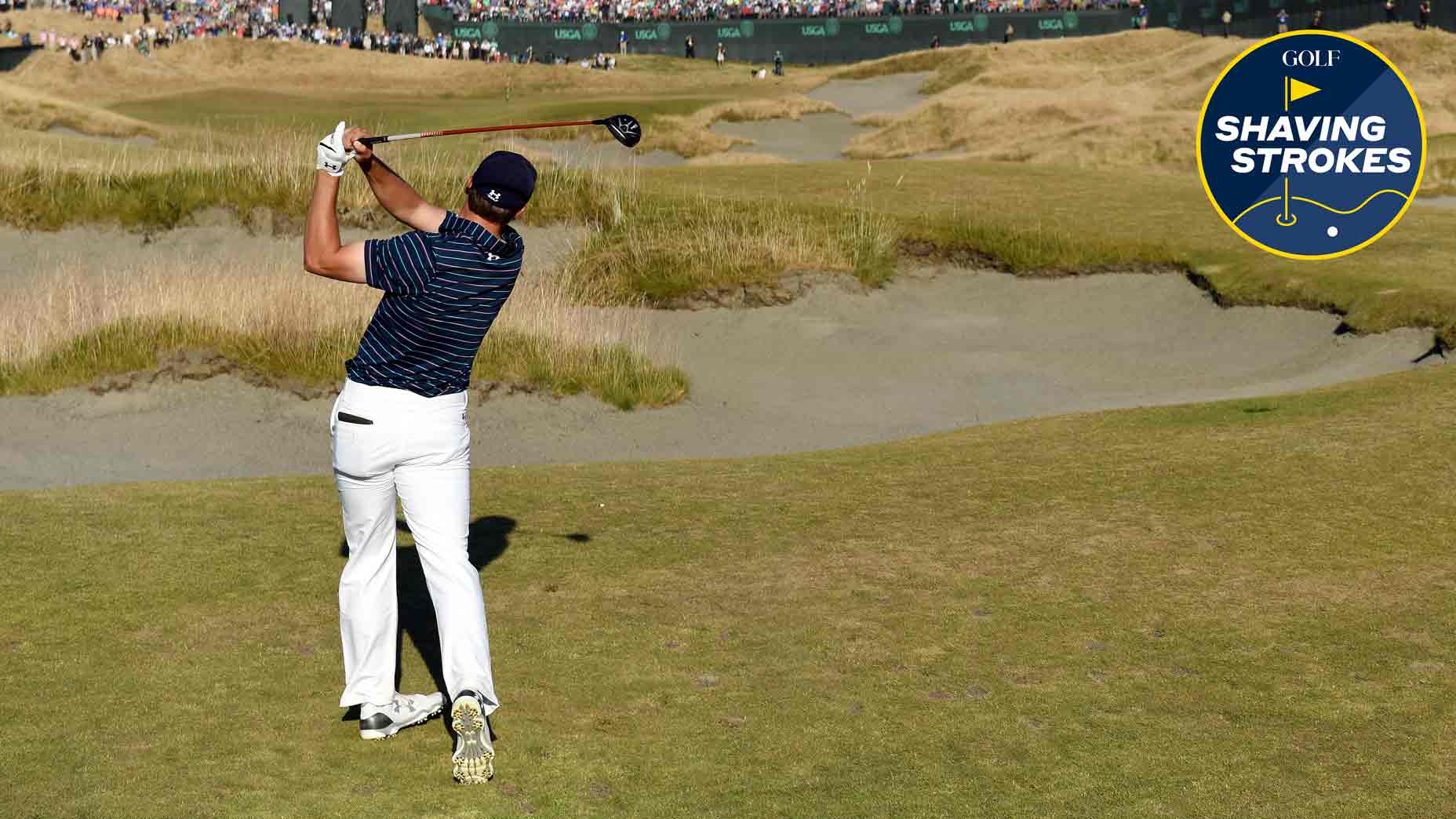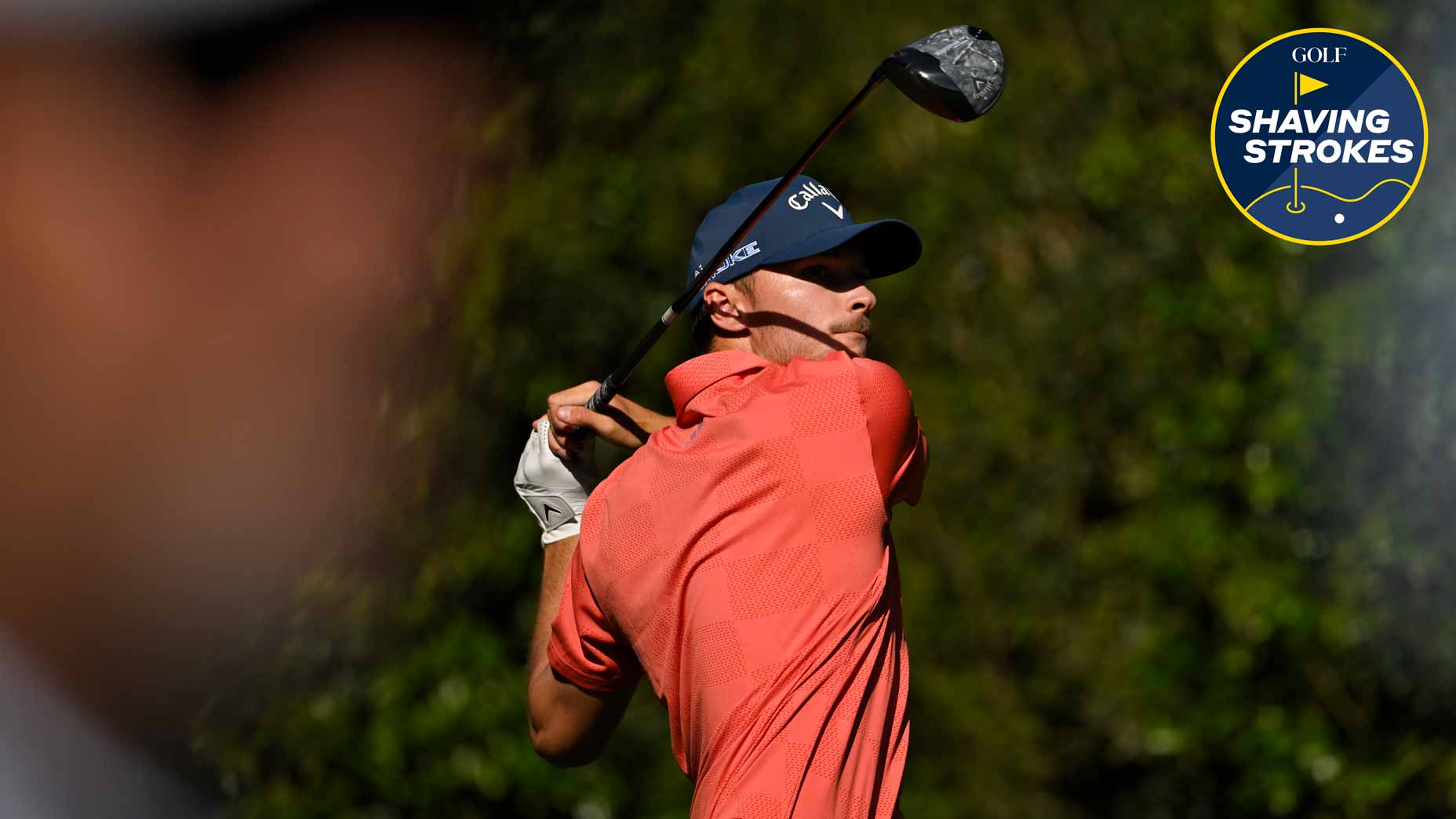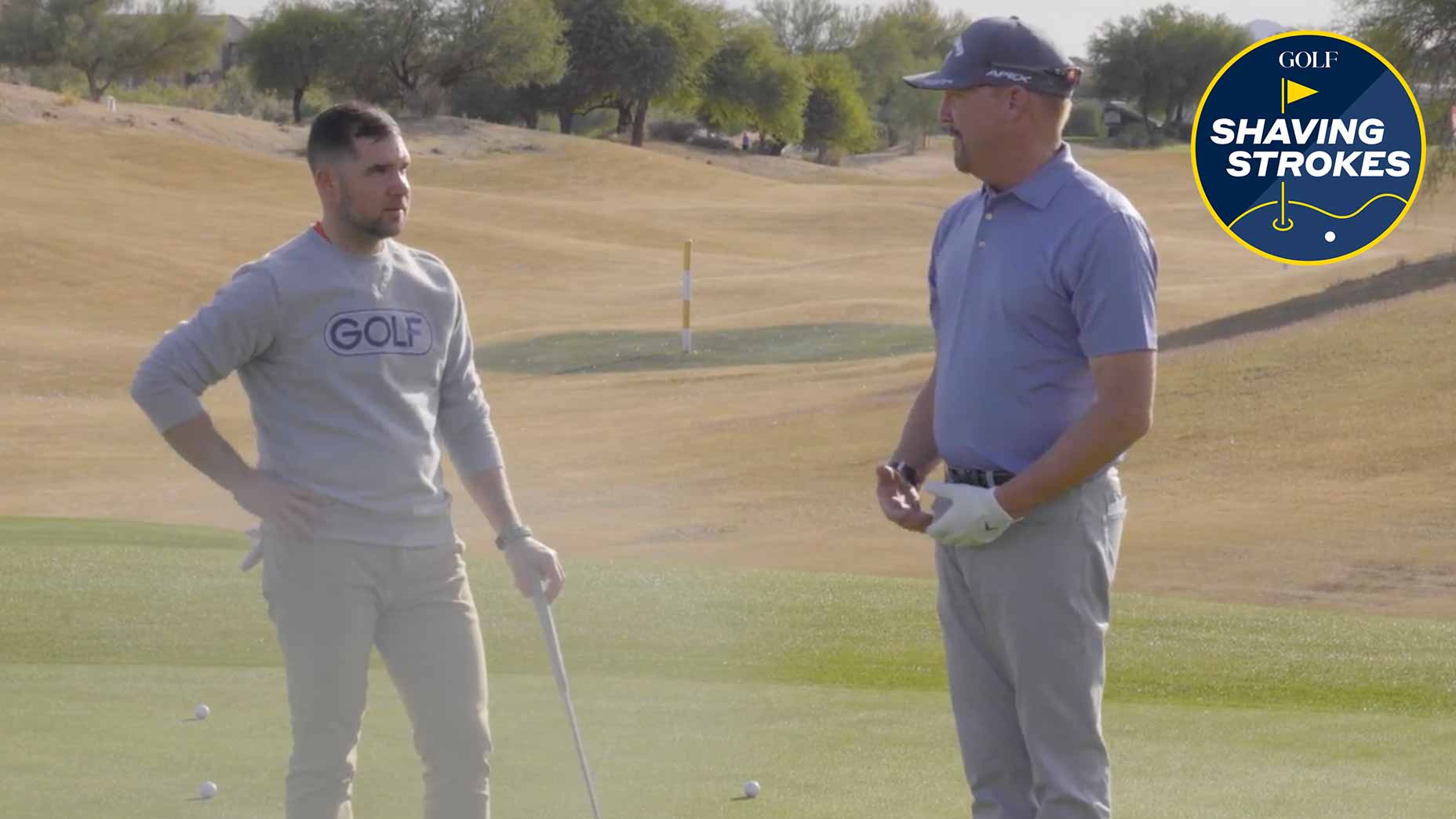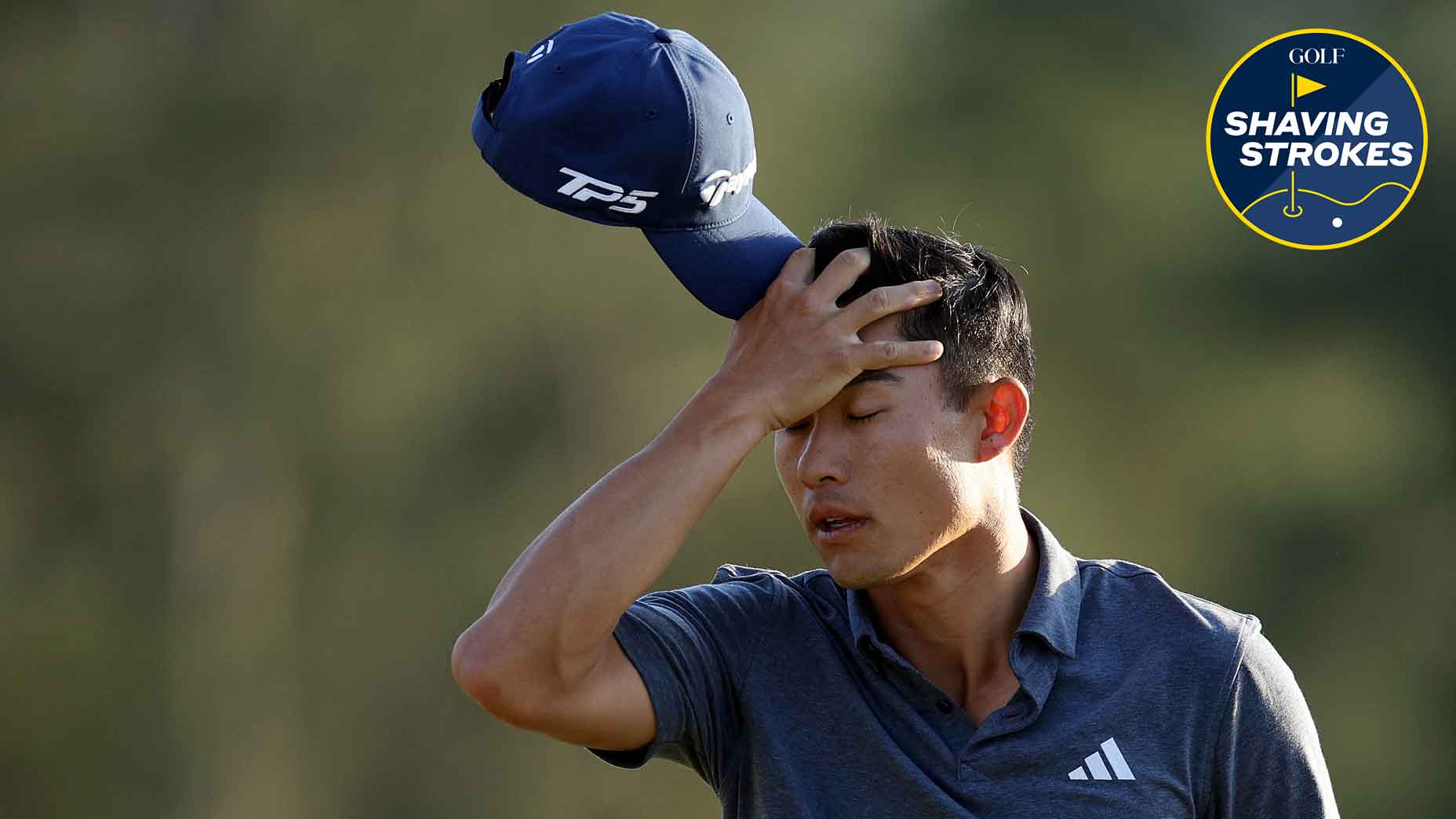Golf Questions You’re Afraid to Ask: What is a ‘backswing?’
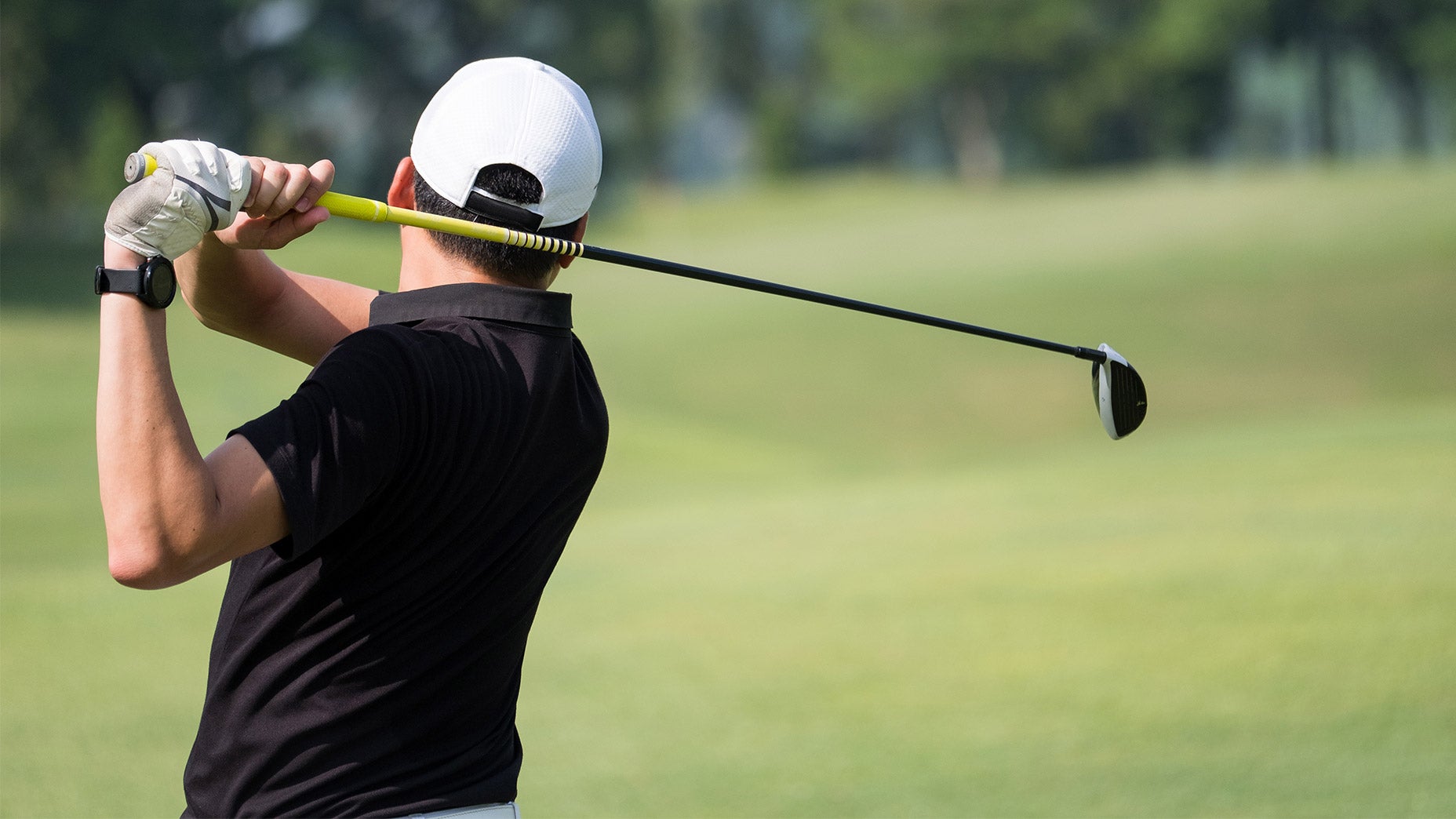
The higher the number on the iron, the shorter the ball will go.
Getty Images
For the third edition of Golf Questions You’re Afraid to Ask (but I’m not), I spoke with Luke Kerr-Dineen — Managing Instruction Editor at GOLF.com and an invaluable resource for a curious intern seeking golfing knowledge. Kerr-Dineen and I talked about some of the basic fundamentals of the game — including proper swing form, ideal equipment, definitions of gear, and some of the best practices for beginners. Let’s get right into it —there’s golf to be learned.
What is a Backswing?
The backswing is one of the most fundamental parts of the golf swing. There are three parts to a golf swing: the setup, the contact and the follow through. The backswing is in the set-up stage of the motion; it begins when you first start to wind up, and take your club away from the target. The extent of your backswing determines how much power you will be able to generate on your swing. The very first part of the backswing is referred to as the “takeaway”; this is the first moment when you move the club away from the ball and start your swing. As Kerr-Dinnen notes, it’s effectively the first thing you do in your swing.
What are some other parts of the swing I should know about?
Directly after the backswing is the downswing. This is the point in which the club stops moving away from the ball and starts moving back towards it. This is the part of the swing when the force is generated — largely through the speed in which you are swinging, and the force generated by the rotation in your hips.
I need help differentiating between the clubs — what is a driver? What is a putter?
A driver: The club with the biggest head size. The driver is commonly used at the start of every hole, as it is designed to hit the ball the furthest.
A putter: A club made specifically for the greens on the golf course, the putter is specifically designed to keep the ball on the ground.
What are the irons? What is the difference between a one and a nine iron?
Irons can range from a one to a nine iron — however, Kerr-Dineen noted that almost no serious players use one or two irons anymore; most sets begin at three or four irons. The higher the number on the iron, the higher and shorter the ball will travel. For example: a three-iron would travel much farther than a nine-iron if both were hit with the same force.
Like a driver (and unlike a putter), you can use irons off the tee — especially, as Kerr-Dineen notes, on par 3s. Some pros even use them off the tee on par 4s.
Any other clubs I should know about?
If you are caught in some rough terrain around the green, or hit your shot into a bunker, you would likely want to use a wedge for your next shot. The most common types of wedges are: the sand wedge (primarily for bunkers), the pitching wedge (which is similar in construction to an iron), and the lob wedge (which is designed to go the highest and shortest and is used mainly for chipping around the greens).
How do I find my optimal club length?
The standard length of a golf club is 39.5 inches. However, Kerr-Dineen recommends getting fitted for your own clubs. The reason? He explains it’s a bit like buying a suit.
“If you talk to a club fitter like True Spec, they say it’s incredibly important to get your clubs fit the same way that you can buy a one size fits all suit … it might fit you and it might fit some people better than others. But once you start really taking golf seriously, you’ll kind of want to get your clubs tailored to your height,” Kerr-Dineen said. “Because otherwise, you know, the way that a suit would look too big or too tight — you’ll look a little goofy. The same way the suits won’t look the way you want it to look, the clubs won’t do what you want them to do.”
What is the best swing technique that beginners could implement into their game?
Kerr-Dineen recommends that for beginners, it is critically important to pay attention to the fundamentals: making sure you are in the correct stance, with the correct grip and with proper posture.
Kerr-Dineen also mentioned how Bryson DeChambeau, arguably the hottest golfer in the world following his victory at the U.S Open, stresses the importance of making sure you are turning properly.
“You want to make sure that you’re turning back away from the target and then back towards the target,” he said.
Does it matter what type of golf ball I use?
Kerr-Dineen recommends for beginners, who oftentimes will have a slower clubhead speed, should opt for a firmer golf ball. He notes that it is not a huge issue to worry about until one gets to a much more advanced stage in their golfing career — however, it is always a wise decision to purchase affordable golf balls within your price range.
Callaway HX Soft Flite
$14.99
View Product

